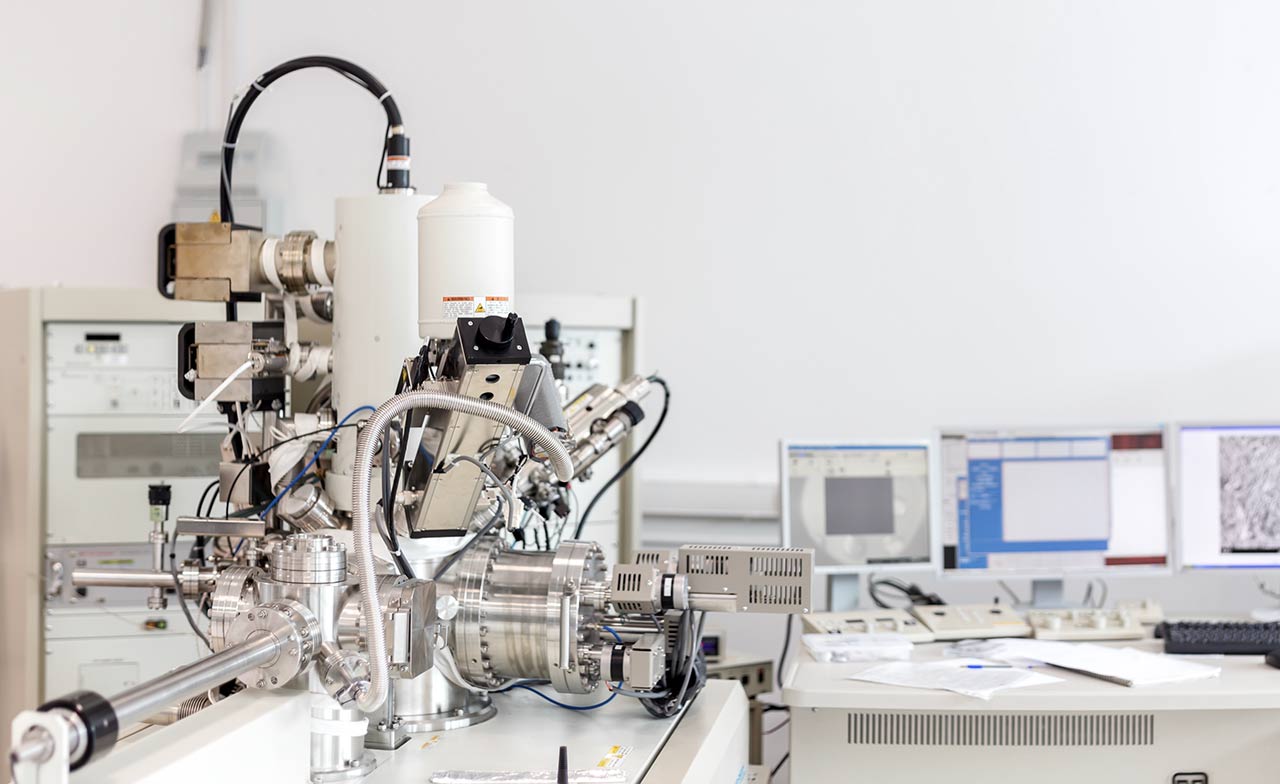What is the structure and function of a cardiac muscle cell?
A description of a heart muscle cell, or cardiomyocyte, and how they differ from other types of muscle cells.
Question
What is the function and structure of a cardiac muscle cell?
Answer
Cardiac muscle cells, also known as cardiomyocytes or myocardiocytes are specialised muscle cells which make up the cardiac muscles. In many ways they are similar to other striated muscles, such as those in the skeletal system, although they are generally both shorter and narrower (around 0.1mm long, and 0.02mm wide), more prone to branching, and only rarely merge into multinucleate syncytia.
Like skeletal muscles, cardiomyocytes contain sarcomeres, the contractile units of muscles. These are composed of interlocking thick and thin filaments (myosin and actin, respectively), which slide past each other to produce contractions of the cell. The different sections of the sarcomeres give these muscle types their striated appearance. They also contain huge numbers of mitochondria, in order to produce sufficient ATP to power their constant contractions.
Cardiac muscle possesses two main specialisations compared to other muscle types. Although usually under the control of pacemaker cells, cardiomyocytes possess the ability to automatically or spontaneously depolarise. Usually, muscle cells maintain a membrane potential around -90mv, and require an external stimulus to cause them to depolarise. Cardiac muscles, however, contain special channels that allow the membrane to depolarise slowly until the threshold membrane potential is reached, causing full depolarisation and sarcomere contraction.
Another important structural specialisation of cardiac muscle is the connection of the cells by intercalated discs, giving them a characteristic rectangular shape as opposed to the spindles observed in skeletal muscle. Intercalated discs are flat structures at the ends of cardiomyocytes that allow them to connect directly to each other. Intercalated discs integrate into the sarcomeres as a structure analogous to the z-line, allowing the contractile force to be transmitted along a line of cells. They also contain ion channels which can conduct changes in polarisation between cells, the reason why the heart muscle functions as a single coordinated unit.
